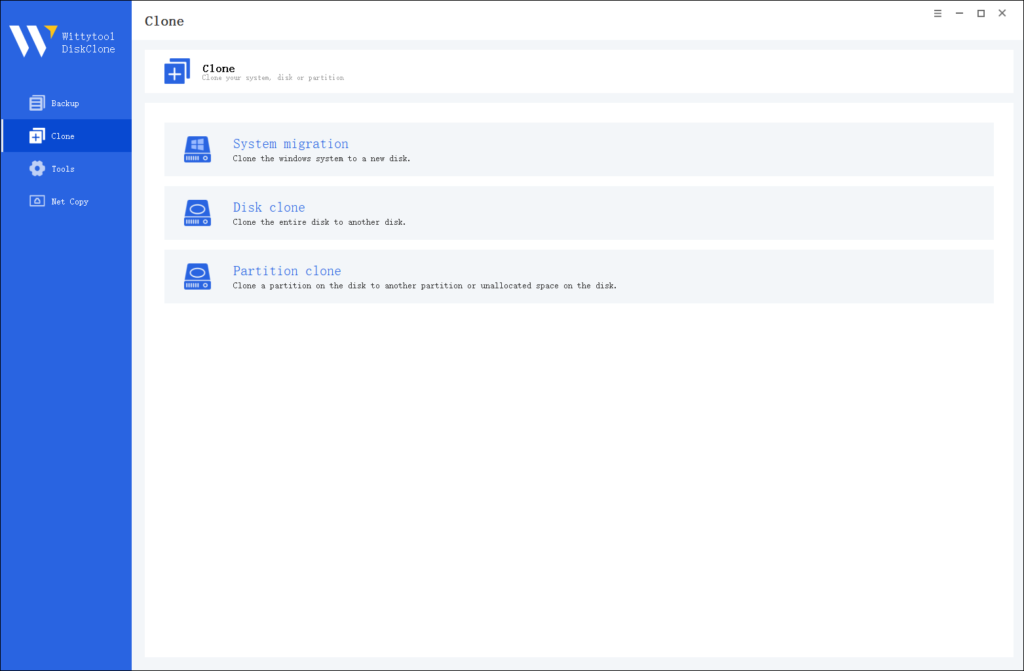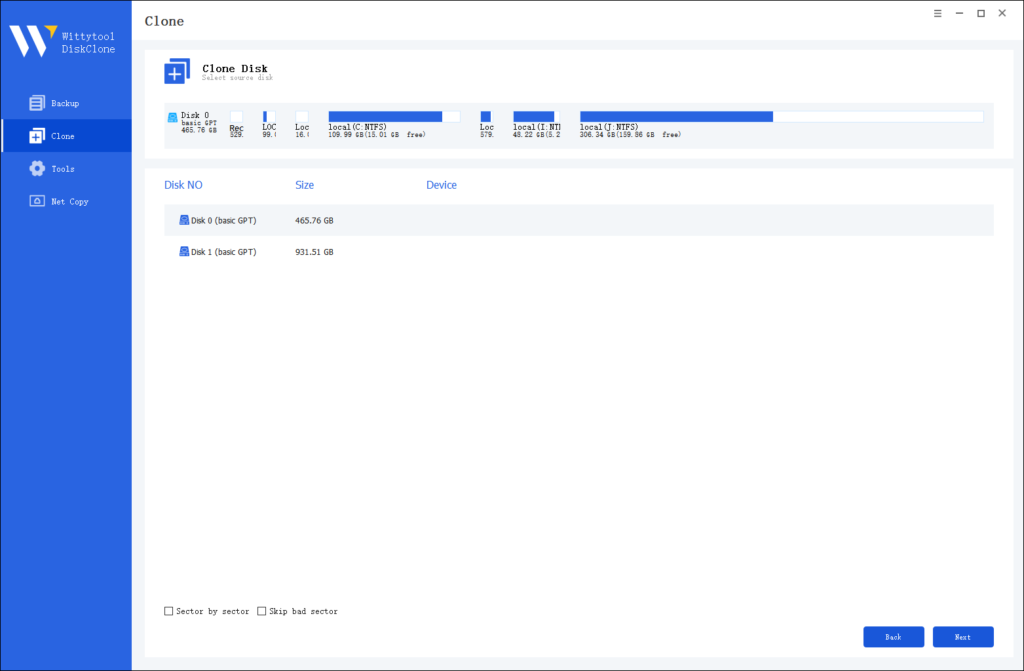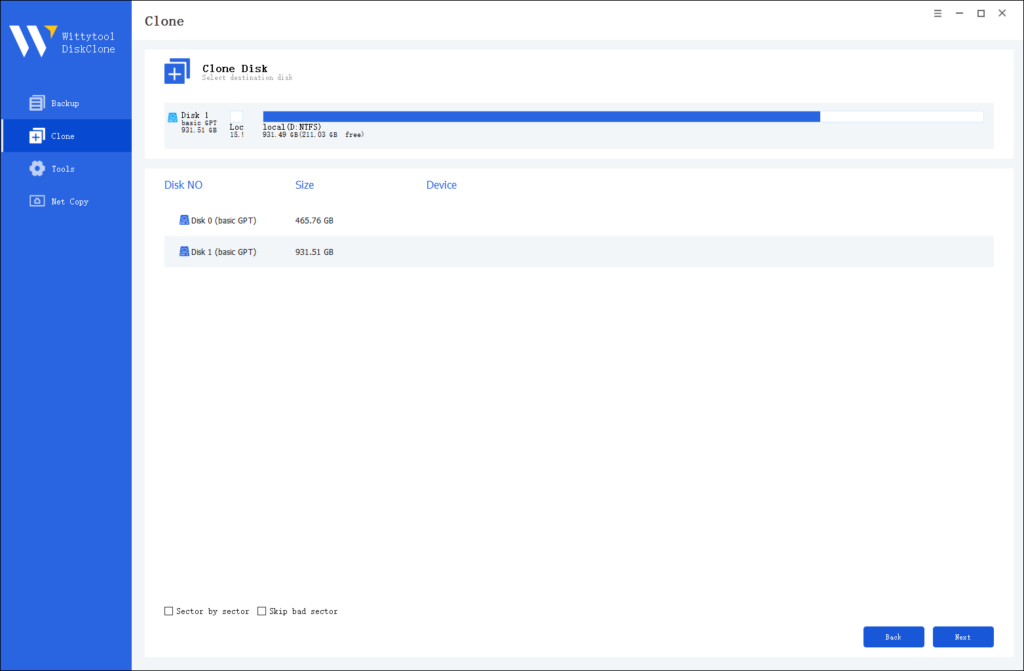Hard drive cloning is a crucial step when upgrading from an HDD to an SSD or creating backups. However, many users face a frustrating problem: Cloning Hard Drive Takes Forever. Whether it’s due to large file sizes, hardware issues, or incorrect settings, this delay can be a major obstacle.
So, what’s causing this, and how can you fix it? Let’s analyze the process and uncover effective solutions.
How Long Does It Take to Clone a Hard Drive?
Typically, cloning a hard drive should take 30 minutes to a few hours, depending on:
- Drive Size: Larger drives take longer to copy.
- Read/Write Speeds: Older drives or low-quality cables can bottleneck the process.
- Connection Type: Internal SATA connections are faster than USB 2.0.
If cloning takes excessively long—over 5 hours—it signals a problem.
Why Does Cloning Process Take So Long?
- Fragmented Data: Poorly fragmented files increase the read/write time.
- Bad Sectors on the Source Drive: Corrupt data slows down the cloning process.
- Slow Connections: USB 2.0 connections drastically reduce transfer speeds.
- Large Amount of Data: Drives filled with unnecessary files take longer to copy.
- Background Tasks: Applications running during cloning consume resources.
- Outdated Cloning Tools: Older software might not optimize the process for SSDs.
How to Fix “Cloning Hard Drive Takes Forever”
1. Optimize the Source Drive
Before cloning, defragment the HDD to organize fragmented data. Use built-in tools like Windows Defragmenter:
- Go to This PC > Right-click the drive > Select Properties.
- Navigate to Tools > Choose Optimize.
2. Check for Bad Sectors
Scan the source drive for errors and repair them:
- Open Command Prompt (as Administrator).
- Run the command:
chkdsk /f /r. - Let the tool fix bad sectors before attempting to clone again.
3. Use High-Speed Connections
For faster cloning, connect the SSD internally via a SATA cable rather than an external USB. If using USB, ensure it’s USB 3.0 or higher.
4. Minimize Data
Reduce the cloning load by deleting unnecessary files. Tools like CCleaner can help clear junk files effectively.
5. Upgrade to a Reliable Cloning Tool
Invest in modern cloning software like WittyTool DiskClone for faster performance.
WittyTool DiskClone offers a seamless and efficient disk cloning experience. It’s designed for both HDD and SSD cloning, ensuring minimal downtime.
Step 1: Choose Disk Clone Mode
Click on the left panel to access the clone page, then select the disk clone mode.

Note:
During usage, choose the corresponding mode according to your needs. You can read this article about system clone vs system migration to understand the differences in different usage scenarios.
Step 2: Choose Source Disk
Pick the disk from the list view. The layout of the selected disk will be displayed at the top of the list view.

Note:
*Sector by Sector: This option should be selected if the source disk has bad sectors or if the file system on the disk is damaged. It ensures that all sectors on the source disk are cloned.
*Skip Bad Sectors: If the source disk has bad sectors, select this option. Wittytool DiskClone will ignore the bad sectors and clone only the undamaged ones. This method is suitable for older disks that may have bad sectors.
Step 3: Choose Destination Disk
Select the target disk.

Step 4: Resize Partition and Start Cloning
You can resize the partition on the target disk if needed. Click the “Start Clone” button to begin the cloning process.

6. Shut Down Background Applications
Close all non-essential programs to allocate maximum resources to the cloning process. Use Task Manager to identify and terminate unnecessary tasks.
Conclusion
Cloning your hard drive doesn’t have to be an all-day task. By understanding the factors that slow down the process and applying the solutions above, you can ensure a quick and efficient cloning experience.
For a hassle-free and optimized cloning solution, consider using WittyTool DiskClone. Its advanced features and user-friendly interface make it the perfect choice for cloning HDD to SSD efficiently.

